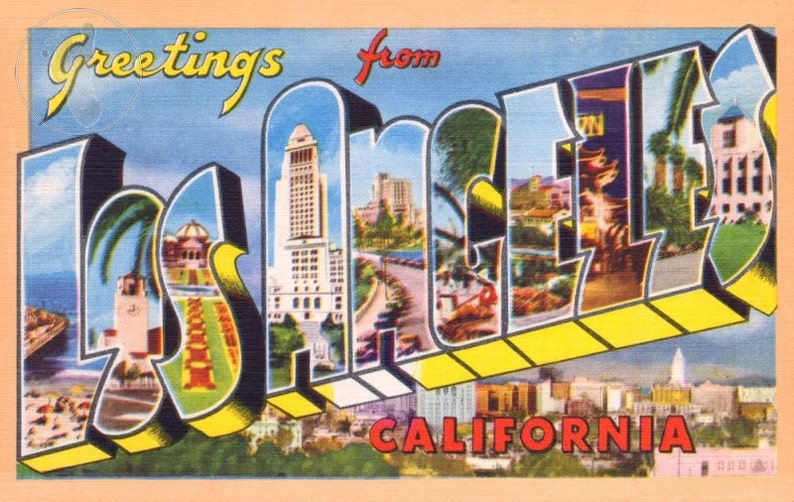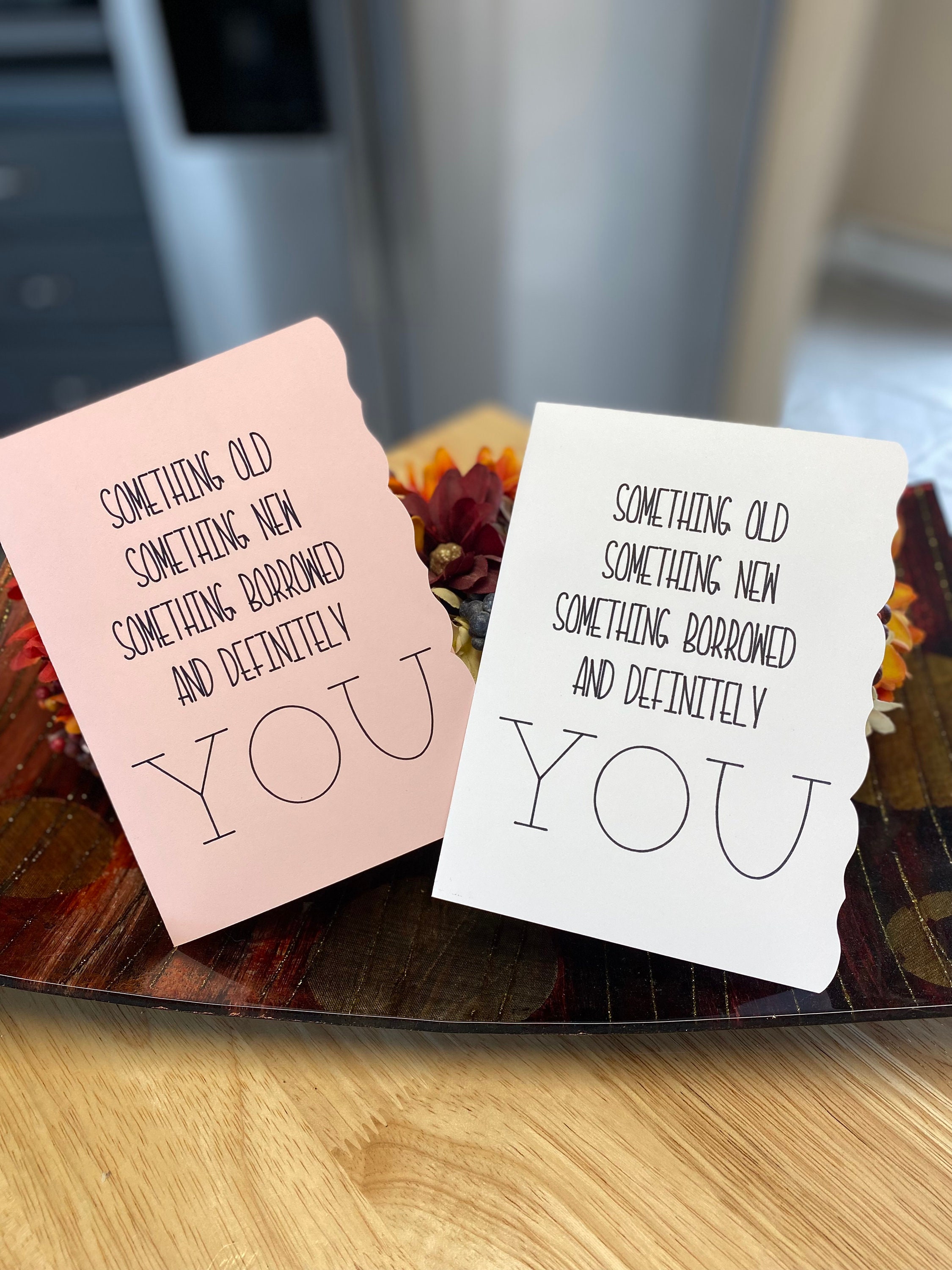

During the 18th and early 19th centuries, copperplate engravers produced prints and calendars for the new year, and greetings by organizations, merchants, and tradesmen were common. One of these, by Master E.S., shows the Christ Child with a halo before a cross and holding a scroll on which appears Ein guot selig ior (“A good and happy year”). In the 15th century, master wood engravers produced inscribed prints which had the same intent as the modern Christmas and New Year’s cards. The acknowledgment of the new year with exchanges of good will continued in Europe through the early days of Christianity. Symbols of seasonal good will, such as a Roman lamp impressed with the figure of Victory surrounded by strenae, were inscribed with Anno novo faustum felix tibi sit (“May the new year be happy and lucky for you”). The Romans exchanged strenae, originally branches of laurel or olive, frequently coated with gold leaf. In Egypt the new year was celebrated by the exchange of symbolic presents, such as scent bottles and scarabs inscribed au ab nab (“all good luck”). The exchange of illustrated greetings among friends dates from ancient times. The imprinted messages on cards may vary in length from a brief word or two to 100 words or more in prose or verse. Calvin Coolidge in 1924 that was 21 by 33 inches (53 by 84 cm). Extreme exceptions include an inscribed grain of rice presented in 1929 as a Christmas greeting to the prince of Wales and a Christmas card sent to Pres. Size is determined by common usage, the availability of suitable envelopes, ease of mailing, and the system of grading according to price and quality. Modern greeting cards are usually of stiff paper or cardboard, but some are made of cloth, leather, celluloid, vellum, metal, or even wood, clay, cork, or other materials. Everyday cards include those commemorating birthdays, anniversaries, or births cards of condolence, congratulations, or friendship as well as get-well cards, gift cards, bon voyage cards, and thank you cards. Seasonal cards include those for Christmas, Valentine’s Day, Mother’s Day, Father’s Day, Easter, graduation, Halloween, and St. Greeting cards are usually sent by mail in observance of a special day or event and can be divided into two general classifications: seasonal and everyday.

Greeting card, an illustrated message that expresses, either seriously or humorously, affection, good will, gratitude, sympathy, or other sentiments. SpaceNext50 Britannica presents SpaceNext50, From the race to the Moon to space stewardship, we explore a wide range of subjects that feed our curiosity about space!.Learn about the major environmental problems facing our planet and what can be done about them!

Saving Earth Britannica Presents Earth’s To-Do List for the 21st Century.Britannica Beyond We’ve created a new place where questions are at the center of learning.100 Women Britannica celebrates the centennial of the Nineteenth Amendment, highlighting suffragists and history-making politicians.
#Greeting card shop 33 print how to#
COVID-19 Portal While this global health crisis continues to evolve, it can be useful to look to past pandemics to better understand how to respond today.Student Portal Britannica is the ultimate student resource for key school subjects like history, government, literature, and more.This Time in History In these videos, find out what happened this month (or any month!) in history.#WTFact Videos In #WTFact Britannica shares some of the most bizarre facts we can find.Demystified Videos In Demystified, Britannica has all the answers to your burning questions.Britannica Explains In these videos, Britannica explains a variety of topics and answers frequently asked questions.Britannica Classics Check out these retro videos from Encyclopedia Britannica’s archives.


 0 kommentar(er)
0 kommentar(er)
